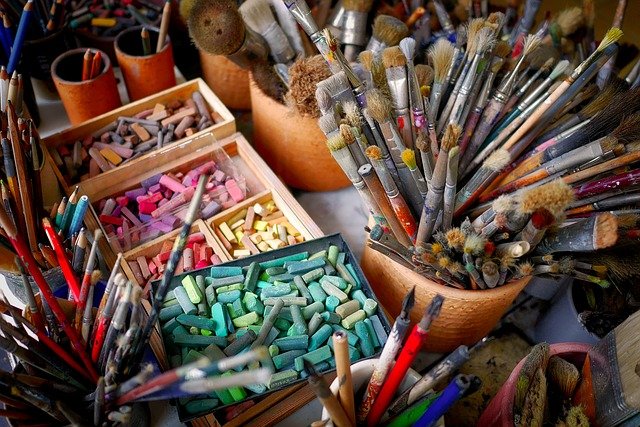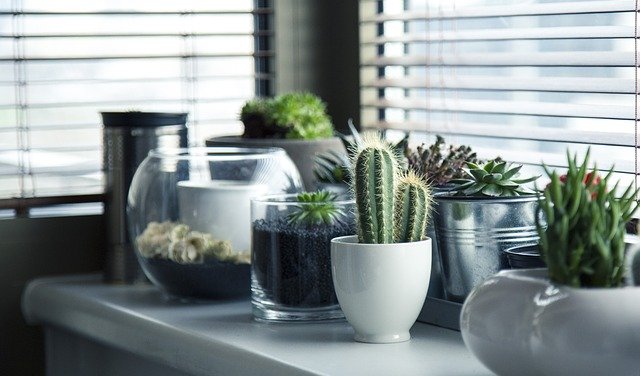When trying to come up with a new idea, we all have times when we get stuck. But according to research by behavioral and learning scientist Marily Oppezzo, getting up and going for a walk might be all it takes to get your creative juices flowing.
.
Watch:
Glossary
- iterative – repetitive
- alternate – another term for alternative
- to carve – cut (a hard material) in order to produce an object, design, etc
- residue – a small amount of something that remains after the main part has gone or been taken or used
- to pop out – to appear suddenly
Answer the questions:
- What does the speaker say about the creative process; what does it consist of?
- What kind of test did they use for creativity? What was it about?
- How is creativity defined?
- What original idea did one person have of the use of a key?
- What did the tests show?
- What five tips does the speaker give?
Practice Makes Perfect
Read the article and fill in the gaps with the words in bold below:
bubbling up induce burst come up with
flash hunches puzzles odd
Need to get creative? Begin by improving your mood. That’s the surprising message from bestselling author and performance expert Steven Kotler. (…) Kotler describes a fascinating experiment where a neuroscientist and psychologist teamed up to find out what happens in the brain during moments of inspiration–“aha moments.” What they learned can help you when you need a 1. …….. of creativity of your own.
The researchers began by trying to 2. ……… aha moments in subjects by giving them remote association problems, also called “insight problems.” In this case, the problems were a series of 3. …….. in which subjects were given three words and asked to find a fourth that could be combined with all of them. For example, what common word can be combined with “pine,” “crab,” and “sauce”? The answer is “apple.”
Some people solved these problems analytically, by running through a list of words that fit with one of the words and testing them against the others. But others got there through a 4. ……… of insight–an aha moment–in which the answer suddenly appeared to them. The researchers wanted to know exactly what was happening at those moments so they scanned people’s brains as they worked to solve the puzzles. What they discovered is that a part of the brain called the anterior cingulate cortex, or ACC, lit up right before their subjects were about to have an aha moment.
One function of the ACC is to decide, when different parts of the brain are sending different signals, which of those signals to pay attention to. If a creative or 5. ……. or “long-shot” solution to a problem is 6. ……….. somewhere in the back of your mind, the ACC can choose to focus your attention on that solution. In other words, it can seize on your most creative ideas and bring them to the forefront of your mind.
When you need creative energy–when you’re designing a new marketing campaign or trying to 7. ………. a new product, for example–activating your ACC can really help. And you can activate your ACC by improving your mood. “When we’re in a good mood, the ACC is more sensitive to odd thoughts and strange 8. …….. ,” Kotler writes. “If an active ACC is the ready condition for insight, then a good mood is the ready condition for an active ACC.” Or, to put it another way, if you want to be more creative, get happy.
In order to check your answers, go to:: https://www.inc.com/minda-zetlin/creativity-boosts-neuroscience-mood-boosters-steven-kotler.html
Discuss:
- What springs to mind when you think of ”creativity?
- Are you a creative person?
- When are you most creative?
- Have you created anything recently? How did it make you feel?
Explore it more to create your own teaching-learning experience!
How to Design Your Home Office for Maximum Creativity
A little can go a long way.
Read:
(2257)






